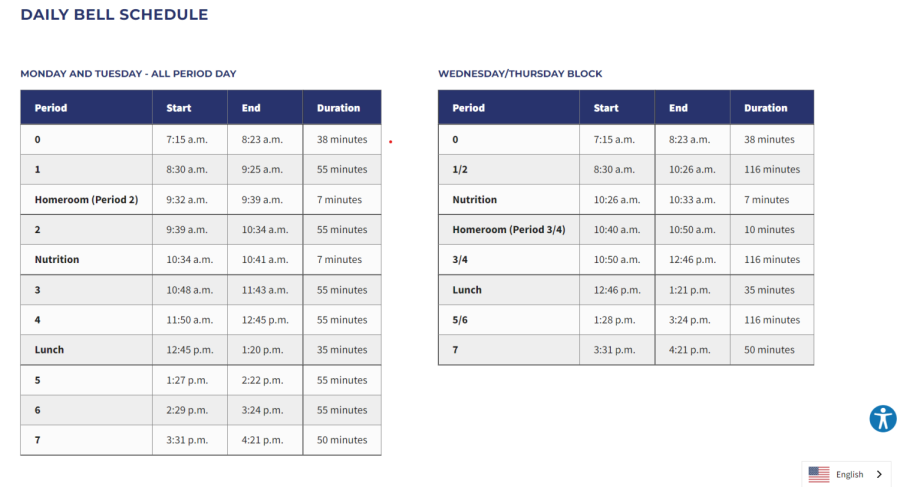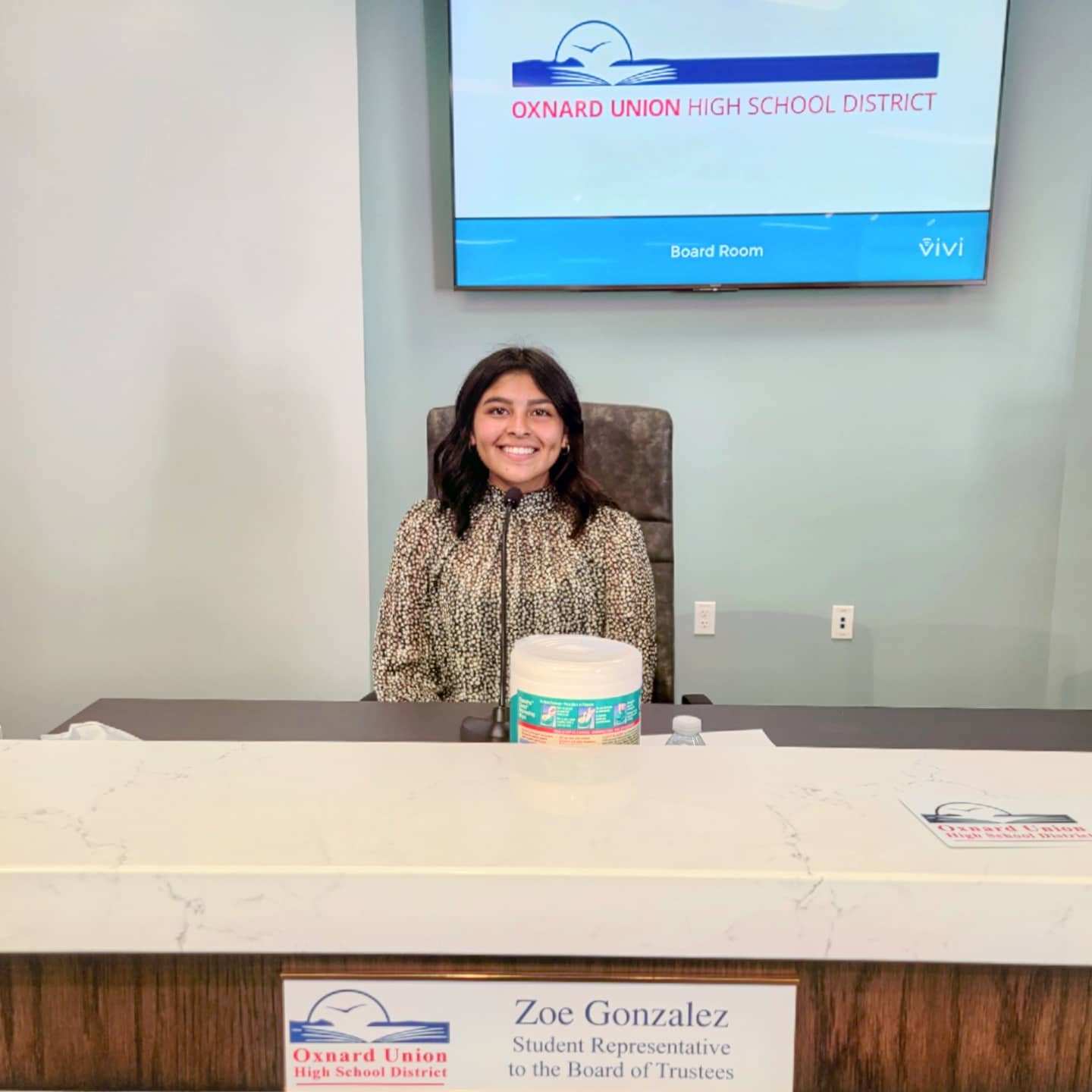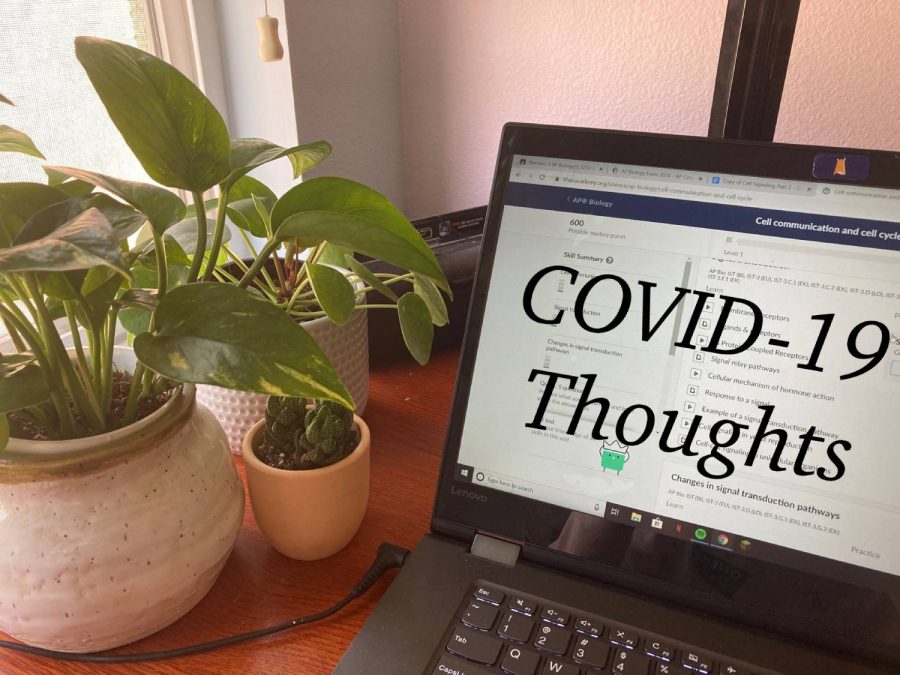Dual Enrollment vs. AP: Which is right for You?
Many high school students are already familiar with the concept of AP (Advanced Placement) Classes offered by the College Board, where an (arguably) college-level class is offered in the high school taught by high school teachers in order to prepare students for a cumulative exam that can (potentially) earn students college credit.
But there is another option that isn’t talked about nor emphasized nearly as much as AP Classes: Dual Enrollment. The concept is simple. California’s various community colleges have a plethora of courses for their students to choose them. If there’s room in nearly any of these courses, then high school students are allowed to register for these classes.
So what is the difference between AP and Dual Enrollment then?
First, I’ll summarize the advantages of AP:
1. Guaranteed college credit at more colleges than dual enrollment
Some private universities may not accept dual enrollment credits unless under very specific circumstances (including the Ivy League). It is best to research if the university you plan to apply to accepts dual enrollment credit.
2. Easily accessible through the high school
Because you’re already at high school, it is easy to register for these classes and take them without having to drive to another location at an inconvenient time.
4. Counts on the 5.0 scale to Cam High
If you get an A in an AP class, then it counts as 5.0 on the weighted GPA scale.
3. Can “self-study” for exams without taking the class
If you want to receive college credit for a class without actually taking it, you may take an AP exam for credit (though this will usually not count towards your graduation credit).
Advantages of dual enrollment:
1. Easily transferable to all in-state institutions and some private universities
All California public universities and colleges will likely accept your dual enrollment credits. In fact, there’s an entire database where you can check how your credits will transfer.
2. Essentially free for high school students
High school students are entirely exempt from paying all enrollment fees. Other fees (which typically amount to a fraction of the cost of an AP test) may apply.
3. Pass the class, get the credit
Passing a dual enrollment class earns you credit without needing to pass one exam.
4. Also typically transfers on the 5.0 scale to Cam High
If you get an A through dual enrollment, then it counts as 5.0 on the weighted GPA scale.
5. More options for classes
Some more advanced classes such as multivariable calculus, thermodynamics, organic chemistry, and other classes students may find interesting such as philosophy, ethics, and creative writing are offered through Ventura County’s three community colleges. Dual enrollment students at any of the three colleges (Ventura, Oxnard, and Moorpark) may enroll at any of the three colleges within the district.
Potential disadvantages of AP:
1. One cumulative exam determines whether you get credit or not (and sometimes you may not even get credit even if you pass)
For certain majors or colleges, a 3 (a passing score on an AP exam) or possibly even a 4 may not be enough to get credit for that class.
2. Learning to the test
Students may find it stressful preparing the whole year for one exam (which they may or may not pass). Furthermore, some students may find that it restricts their exploration of the subject.
Potential disadvantages of dual enrollment:
1. Not all colleges accept dual enrollment credit (including many private institutions)
Many universities will not take any (or very little) dual enrollment credit, including most of the Ivy League, MIT, and various other universities (though to be fair, some schools, including Harvard, will take neither AP nor dual enrollment credits).
2. Requires more self-motivation
It is the responsibility of the student to take control of their own education and manage their time properly to be successful in a dual enrollment class.
3. Potentially difficult to find a college class that fits in a student’s schedule
Most college classes are offered during the school day and can overlap with after-school extracurricular activities.
Both can earn college credit; however, it is true that AP is more widely accepted by more colleges. But all in-state California public institutions will take community college credits obtained during high school.
Perhaps the greatest barrier for students who want to dual enroll is that the classes they want to take aren’t offered at convenient times. However, many community college courses are offered online or even entirely asynchronously, which may be convenient students with particularly busy schedules.
Verdict:
What is most important is to be aware of and research your options. I have taken over a dozen classes at Moorpark, Ventura, and Oxnard colleges and 4 AP classes through Cam High. Every single one has been a unique and great experience but really the main difference I see between AP and dual enrollment is that community college courses require more student initiative. Essentially, you get out what you put in. With AP (taught in a high school environment), it feels that there is more “hand-holding” (your AP classes may emulate college-level coursework but the environment does not). Personally, I think it’s best to take advantage of both options, especially since there are so many exceptions and caveats to the credits you earn from them. If there is a subject or class that you’d like to explore further but you don’t have room in your high school schedule or it isn’t offered, then take it at one of Ventura County’s three excellent community colleges. Especially if you are planning to attend an in-state university or go to community college and transfer, dual enrollment is probably the best way to save at least thousands of dollars in tuition costs and can accelerate your education.
If you’d like to register for dual enrollment, please refer to this link on Moorpark College’s website. You may also type “dual enrollment Ventura/Oxnard College” into your search engine if you’d prefer to be registered as a student at either of those schools.
Remember just to keep your goals in mind while selecting your courses. What are your goals? Are you trying to learn something new? Do you want your college application to stand out? These are all important questions to consider that I will certainly address in future articles in our Advice Column.

Hey everybody, I'm Victor Dominguez, a junior and the Editor in Chief for the Stinger! In my free time, I like to bike, play violin & video games,...

















































































![Senior Ditch Day... Relaxation or Truancy? [Video]](https://achsstinger.com/wp-content/uploads/2017/10/IMG_7119-900x599.jpg)
![Heavy Rain Hits Cam High [video]](https://achsstinger.com/wp-content/uploads/2017/02/maxresdefault-900x506.jpg)


